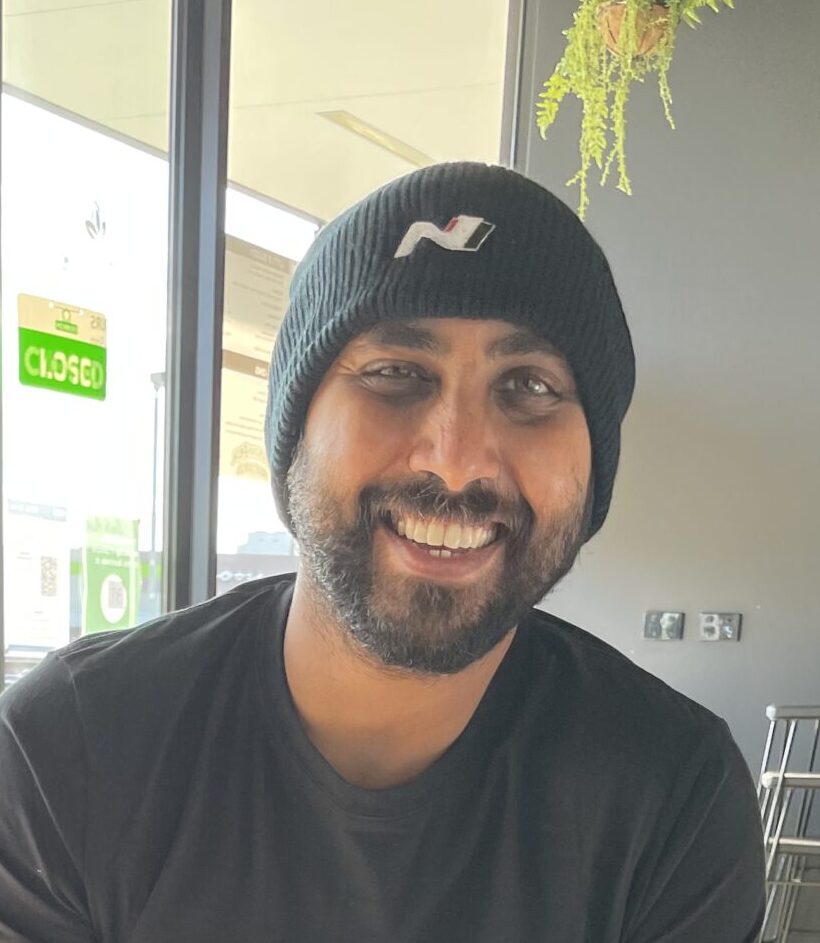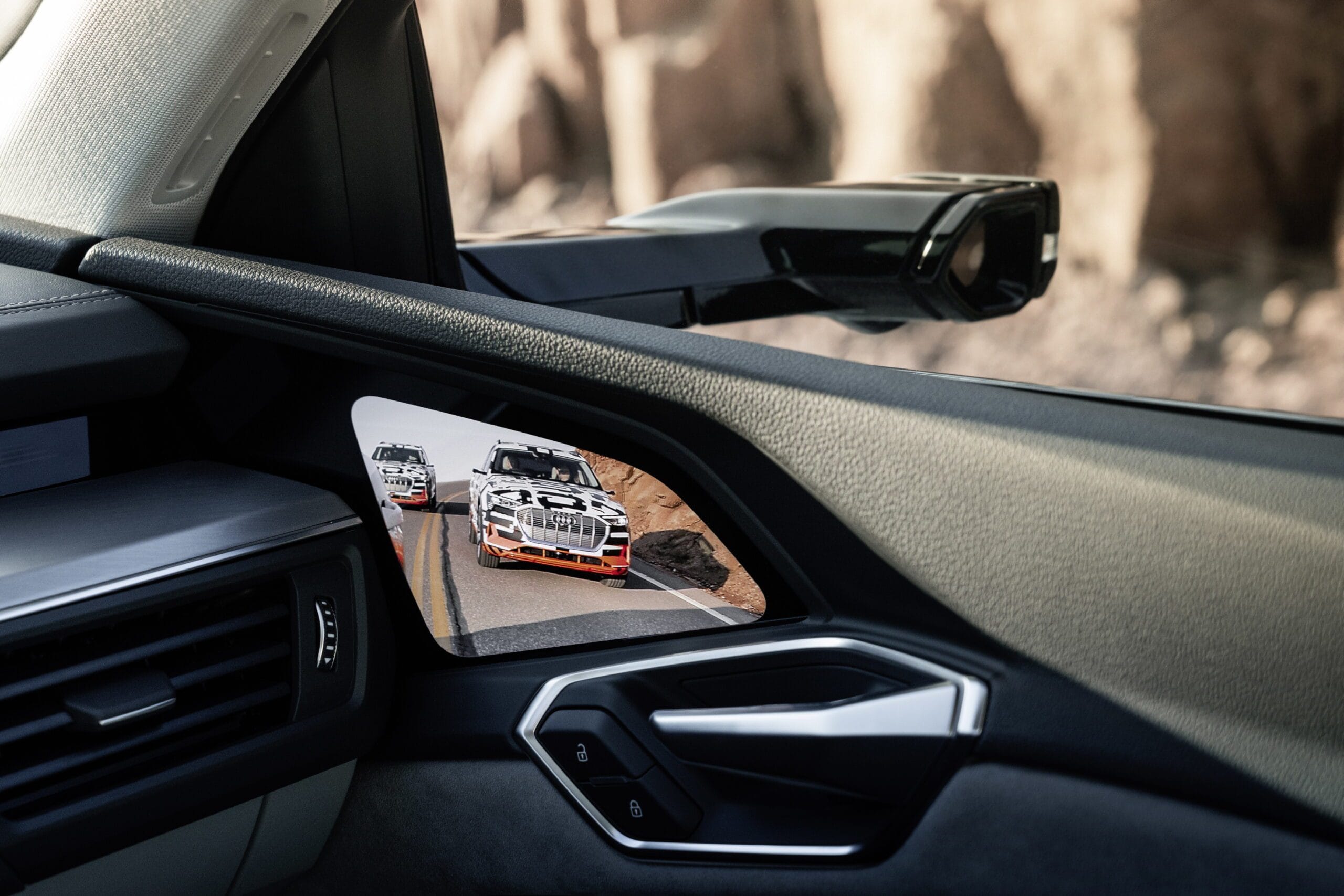Blind spot monitoring helps you spot vehicles that hide just out of view, but it should never replace good driving habits. Here’s how to make the most of this handy feature:
- Know how it works. Blind spot monitoring uses radar sensors in your rear bumper to detect cars alongside yours and alerts you with lights or beeps.
- Don’t skip shoulder checks. The system is a backup, not a substitute. Always glance over your shoulder and check your mirrors before changing lanes.
- Keep sensors clean. Dirt, snow or bumper stickers can block the radar sensors. Wipe the rear corners of your bumper regularly.
- Set your mirrors correctly. Adjust your side mirrors to minimise blind spots. Combine this with the monitoring system for the best coverage.
- Understand the limits. Heavy rain, snow or fog can reduce the system’s accuracy. If weather is bad, rely on your own eyes first.
- Use it wisely in traffic. Blind spot alerts are most useful on multi‑lane roads. In bumper‑to‑bumper traffic, pay attention to all mirrors and signals.
- Don’t modify bumpers. Painting or repairing near the sensors can affect their performance. The AAAA’s ADAS Code of Conduct notes that plastic repairs shouldn’t be performed within 25 cm of radar sensors and paint thickness should not exceed 150 µm.
- Test it occasionally. When it’s safe, let a vehicle overtake you and watch how the alerts behave. Knowing what to expect builds confidence.
- Stay aware of cyclists and motorbikes. Smaller road users may not always trigger the sensors, so look carefully before merging or turning.
- Get it checked after repairs. After any accident or bumper repair, have your blind spot sensors inspected and recalibrated by a qualified technician.
Your blind spot monitoring system is like a set of extra eyes, it makes driving easier, but you’re still in charge. For more plain‑English guides and practical tips, browse the rest of the Driver’s Lounge.

Hiran Alwis is an automotive lecturer and ADAS specialist with over 15 years of experience in diagnostics, advanced safety systems, and technical training. He founded ADAS Project to help everyday drivers and workshop technicians understand and safely use advanced driver assistance systems.


2 thoughts on “Blind Spot Monitoring: Using It Safely”